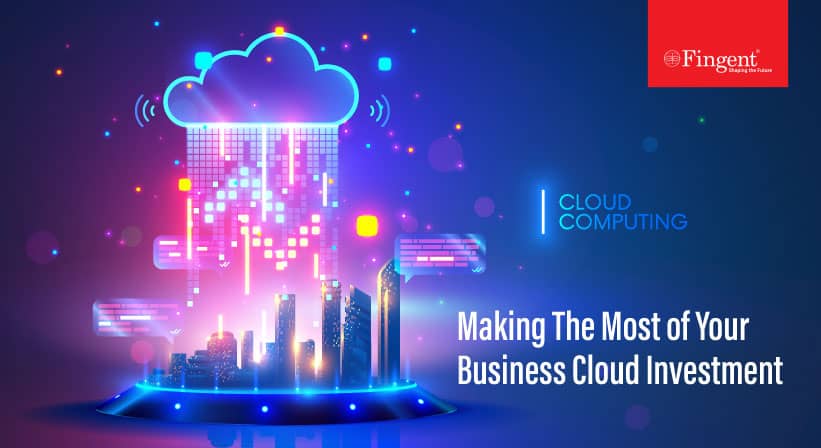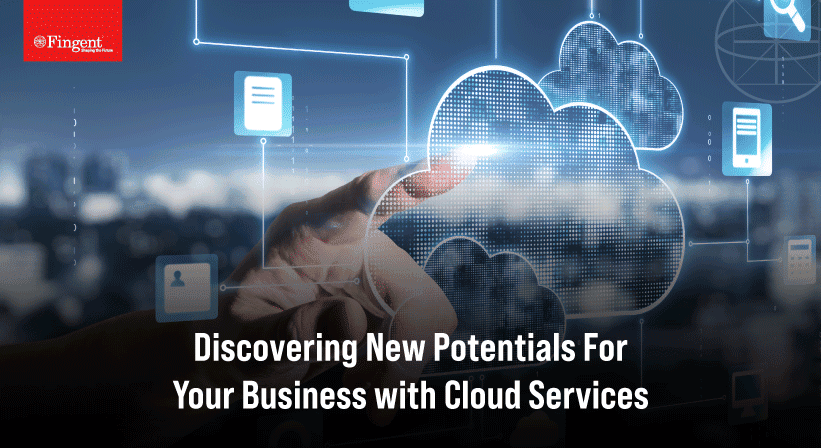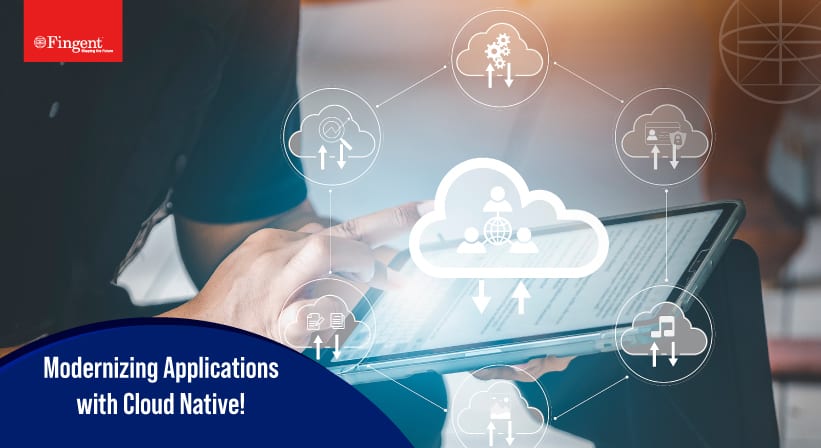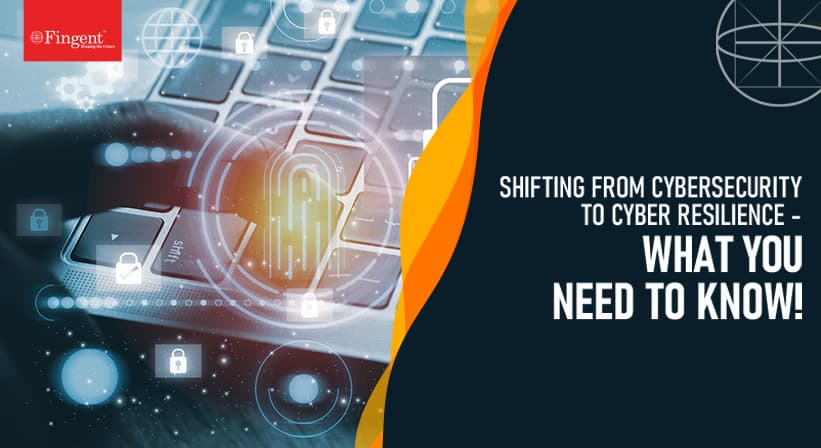What Is Fog Computing and How Does It Work?
How Can Your Business Benefit from Fog Computing?
How much data do we create every day? The World Economic Forum reports that the entire digital world is expected to reach 44 zettabytes by 2020. So, each day, we witness the colossal growth of data and this pace is only increasing with the growth of IoT. The agility and flexibility of big data applications are the foundation of the Internet of Things (IoT). The escalation of IoT has resulted in an increased volume of digitally generated data and managing that data has become a major challenge. This has led to the emergence of fog computing – an answer to the new challenges of computing technologies.
Read more: Gearing up for IoT in 2020
Defogging The Term Fog Computing
Let us start by defining it.
What is fog computing?
Fog computing is a decentralized computing infrastructure in which computing resources such as data, computers, storage, and applications are located between the data source and the cloud. This term refers to a new breed of applications and services related to data management and analysis.
According to Mung Chiang, Dean of the Purdue University, “fog provides the missing link for what data needs to be pushed to the cloud, and what can be analyzed locally, at the edge.” In simple terms, fog computing is a distributed network fabric that stretches from the outer edges of data creation to the point of storage.
Are fog computing and edge computing the same?
Edge computing is a subset or a component of fog computing. For example, if fog computing is compared to a basket of various fruits, edge computing would be one fruit from a single variety.
Edge computing refers to data being analyzed locally, at the point of creation. Fog computing encapsulates edge processing as well as the network connections required to bring that data from the edge (point of creation) to its endpoint.
Evidently, fog computing and edge computing are complementary.
Difference between fog computing and cloud computing
Just as the literal fog is a cloud closer to the ground, fog computing is stationed as a layer to reduce the latency in hybrid cloud scenarios. Cloud computing forms a comprehensive platform that helps businesses with the power to process important data and generate insights. Fog computing is like the express highway that supplies computing power to IoT devices which are not capable of doing it on their own.
Read more: Hybrid Cloud Infrastructure: How It Benefits Your Business
How Does Fog Computing Work?
Fog computing uses the concept of ‘fog nodes.’ These fog nodes are located closer to the data source and have higher processing and storage capabilities. Fog nodes can process the data far quicker than sending the request to the cloud for centralized processing.
The cloud is getting cluttered due to the enormous number of devices connecting to the internet. Since cloud computing is not viable in some cases, it has become necessary to use fog computing for IoT devices. It can handle the enormous data generated by these devices.
When implemented, fog-empowered devices locally analyze time-critical data that includes alarm status, device status, fault warnings, and so on. This minimizes latency and prevents major damage. Fog computing can effectively reduce the amount of bandwidth required, which in turn speeds up the communication with the cloud and various sensors.
Fog computing example:
If a user with a hand-held device wants to review the latest CCTV footage from a locally positioned IoT security camera, he would need to request the stream from the cloud since the camera does not have storage. This could take a bit of time, which can be eliminated with fog computing, where a local fog node can be accessed for video streaming which is far quicker.
Step-by-step Fog Computing Process:
- Signals are wired from IoT devices to an automation controller which executes a control system program to automate those devices.
- A control system program wires data through a protocol gateway.
- Data is converted into a protocol such as HTTP so that it can be understood easily by internet-based services.
- A fog node collects the data for further analysis.
- It filters the data and saves it for later use.
Read More: Fog Computing: The Catalyst For Efficient Data Processing
Key Takeaways for Your Business
- Increased business agility: It is evident that fog computing is cost-effective because it makes the production of revenue-generating products and services more efficient. It accelerates rollout cycles, broadens revenue bases, and reduces costs.
This revenue stream creates value for IoT fostering highly functioning internal business services. Fog computing also provides a common framework for seamless collaboration and communication helping OT and IT teams to work together to bring cloud capabilities closer.
- Privacy control: Fog computing facilitates better control of privacy because you can process and analyze sensitive data locally instead of sending it to a centralized cloud for analysis. It also enables the IT team to track, monitor, and control any device that collects or stores data.
- Data security: Since fog computing allows you to connect multiple devices to a network, it helps identify threats such as potential hacks, or malware. Additionally, such identified threats can be curbed at the device level without risking the entire network.
The Future is Fog Computing
Fog computing has several advantages over cloud computing. Fog computing can boost usability and accessibility in various computing environments. Soon, cloud computing for IoT may fade away but fog computing will take over. IoT is seeing an impressive growth rate and so it needs a special infrastructure base that can handle all its requirements. Fog computing is the key to accomplish this critical work. Reach out to Fingent, the leading custom software development company, and embark on a transformative journey for your business today.
Stay up to date on what's new

Recommended Posts

05 Nov 2023 B2B
Cloud 101 – Getting a Good Return on Your Business Cloud Investment!
In the digital age, cloud investment is your business's propulsion, offering flexibility, scalability, and a competitive edge. However, many companies don't fully reap the cloud's benefits. The cloud's potential remains……

15 Oct 2023 B2B
Hyperscaler Cloud Services: The Next Step In Business Cloud Investment!
Companies can save 20% of the total annual cost if they migrate to the cloud. Hyperscaler Cloud Services can enable businesses to experiment, build, innovate, and run any form of……

28 Mar 2023 B2B
Cloud-Native: The Modern Way to Develop Software
For more than a decade, businesses in all industries have undergone a digital metamorphosis. This evolution is marked by a transition from on-premises software solutions to cloud-based computing technology. By……

07 Jul 2022 B2B
Shifting From Cybersecurity to Cyber Resilience – How Are They Different From Each Other!
Cyberattacks are hitting the headlines with increasing frequency. Data breaches and attacks are currently inevitable parts of running an organization. Cybercriminals are adept at using phishing, malware, or insider threats……
Featured Blogs
Stay up to date on
what's new















 US
US Insurance
Insurance









































